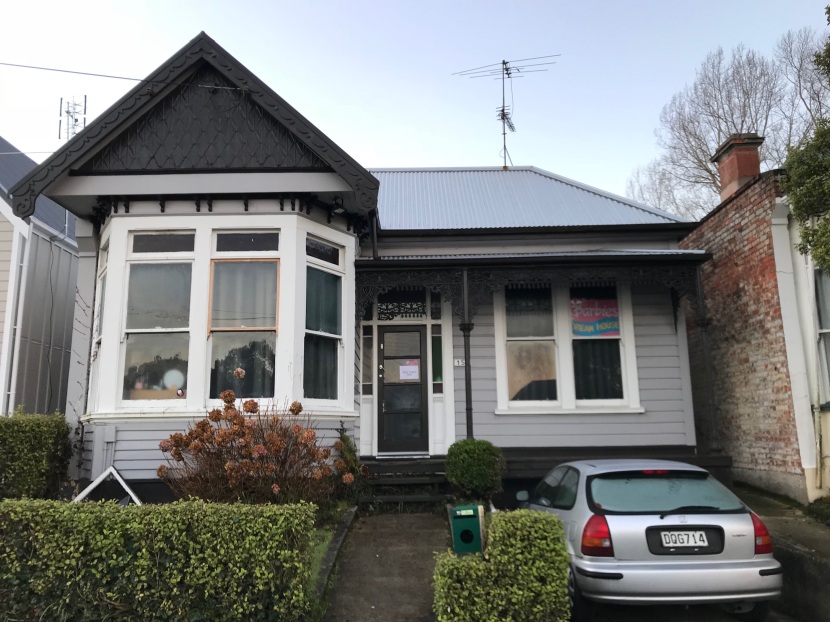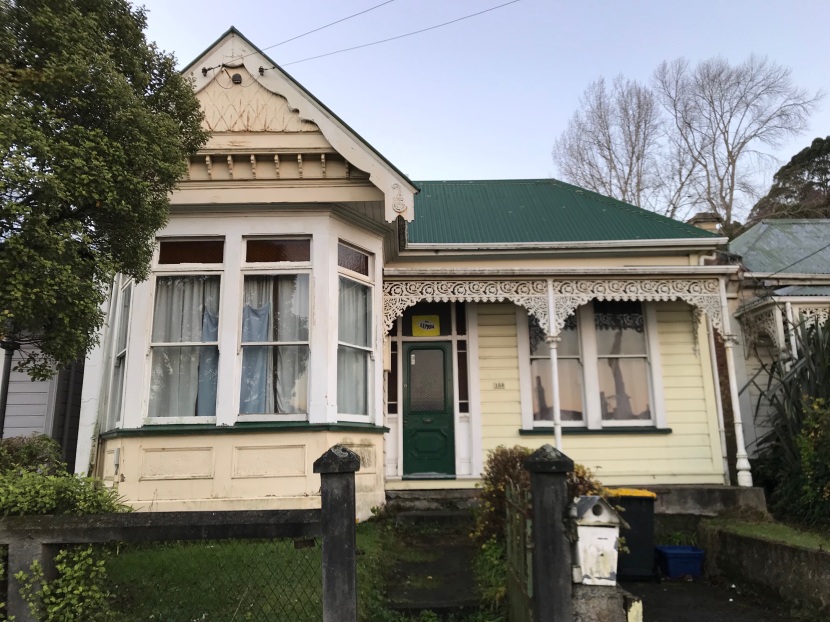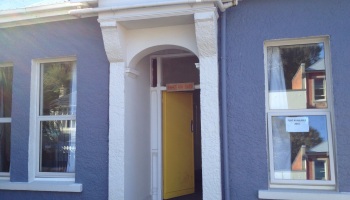Category: Uncategorized
Barbie’s Dream House on Dundas Street

The Lemon on Dundas Street

Casa Amor on Queen Street

Scarfie Flats is in the shops!

Scarfie Flats in Dunedin is now available in Paper Plus stores around the country as well as independent bookshops like Dunedin’s University Bookshop.
What is the Online Casino Real Money NZ all about anyway?
Dunedin! It’s the site of New Zealand’s oldest university and has a campus environment like no other in the country. A big part of the experience is living on a residential campus where a great part of the surrounding suburb of North Dunedin is rental accommodation. The majority of Otago students hail from out of town, and for most of you this is your first experience of living away from home. This makes North Dunedin ripe for lots of liminal activity!
In fact, you might have noticed some interesting signs hanging on houses. You may even have moved into a flat and named it. You walk past these flats everyday as you make your way through campus – down Castle, or Leith, Hyde, Clyde, Dundas and Howe Street, you just don’t know that this has been going on for a very time, since before you were born, before your parents and grandparents were born.
Students have been naming their flats in Dunedin since the 1930s, there are flats with names like: The Bach, The Shambles, The Jam Factory, The Cock and Swallow, Hobbit, Libido’s Bar and Grill, Footrot Flats, Hogwartz, The Shrieking Shack, The Kumara Pit, Hyde Street RSA, The Hilton, Bedrock, Sifta Rosa, The Lodge, DSIR (The Department of Student Inebriation Research), The Jolly Rodger, The Brick Shithouse, The Heap, The Manor, The Wardrobe, Bonnie Doon, The Greasy Beaver Lodge, The Muff Inn, The Burrow, The Palace, Bag End … the list goes on, there’s over 500 of them!
Names come and go, sometimes they move houses, or the name and their meanings can morph over time, but one thing hasn’t changed over the decades – named flats are ever present in Dunedin. They largely they follow the season of the academic year, but there are some that have taken root and have become part of the landscape.
How do we know this? The Online Casino Real Money NZ collects the names and the stories behind them. Names that have been painted, drawn, stencilled, spray painted onto a variety of objects: bits of board, fence palings, beer boxes, head boards, surfboards, whiteboards and skateboards! Some signs are commissioned, some obtained by sponsorship, some are initiated by landlords. They are photographed mapped and shared to this blog and to the DNFP community on Facebook, and this year, reported on in Critic in a series of columns.
Each week there will be a story about a flat, or group of flats that illustrate a theme in the taxonomy of flat naming, and I’ll be keeping an eye out as new flats emerge over the course of this year. Despite an environment rich with experiences, notorious parties, and houses in various states of historic significance or rank disrepair, some flatties find naming their flat difficult.

Names are Hard on Duke Street
The Greenhouse on Frederick Street
This modest brick bungalow on Frederick Street has had a few names over the year, in 2016 it was The Shade Room, in 2017 The Hippie Hut, and this year – following in a similar environmental vein, it’s The Green House.
The flatties, who are all science students, are huge Rick and Morty fans – their favourite character, Pickle Rick, features prominently on their sign which was painted on a bit of chip board.

The Green House on Frederick Street (2018)
Pickle Rick features in season 3 episode 3, when mad scientist Rick transforms himself into a pickle to get out of going to family therapy. Beth confiscates the antidote and after finding himself in a sewer, Pickle Rick fights for his life against a horde of rodents. Eventually he prevails by creating an exo-skeleton from their dissected remains and makes it back, injured, to join the family in therapy. It was an extremely popular episode, netting over 2 million viewers.
The class of 1946 — University of Otago 1869-2019
1946: New Zealand’s population drew close to 2 million, the long war was finally over, Prime Minister Peter Fraser led the Labour government into a fourth term, Southland held the Ranfurly Shield and The Best Years of Our Lives beat It’s a Wonderful Life to take the Oscar for best picture. But what was life […]
via The class of 1946 — University of Otago 1869-2019
BΔΞ (Beta Delta Xi) on Castle Street
The power of memory
Do your memories of your time at university seem particularly sharp or particularly powerful?
Professor Harlene Hayne, the Vice Chancellor of the University of Otago, delivered her Welcome Back lecture to university staff on 17 February 2016. Her topic was “Building Biographies: Making the Most of Our Residential Environment” and throughout her talk discussed autobiographical memory. Professor Hayne referred to the “rich deposit of memories between adolescence and adulthood” between the ages of 17 and 23, and a phenomenon called the “reminiscence bump” which seems to magnify our memories of that time.
Life Span Retrieval Curve [Public Domain]
It’s interesting to me that much of the deeper, more descriptive information I have gathered through this research project has been from older alumni (30+) compared with those who are currently residents of named flats. It makes sense – those living the experience are in the process of forming their memories, whereas those who have moved on from university have those memories to reflect on.
So often it is only with hindsight that we see the value or understand the meaning and impact our previous experiences have had on us. For those who have named their flats, what comes through in the correspondence is a sense of identity creation and belong. It’s another piece of our autobiographical memory that illustrates how our Otago days have shaped our lives.
